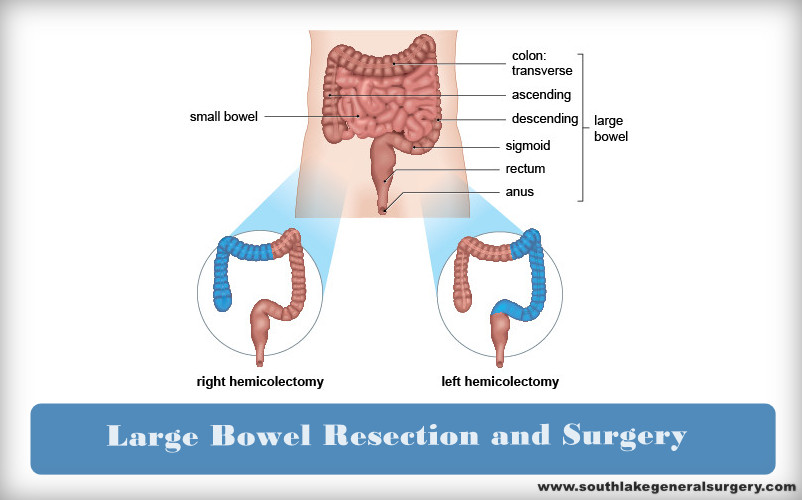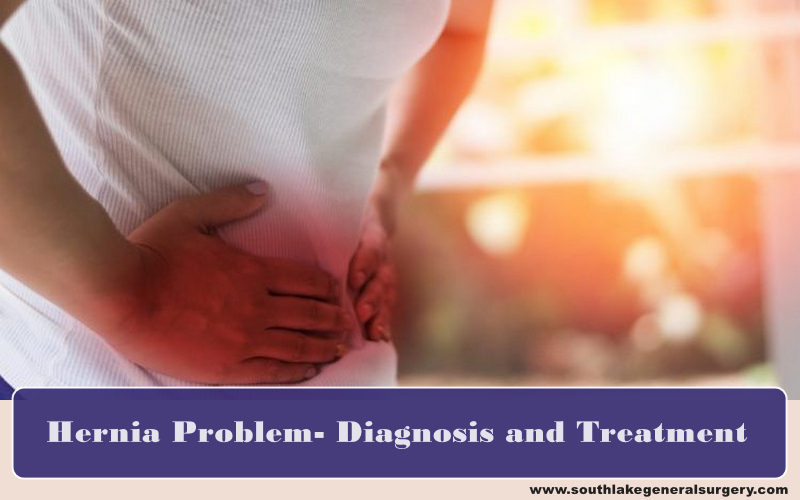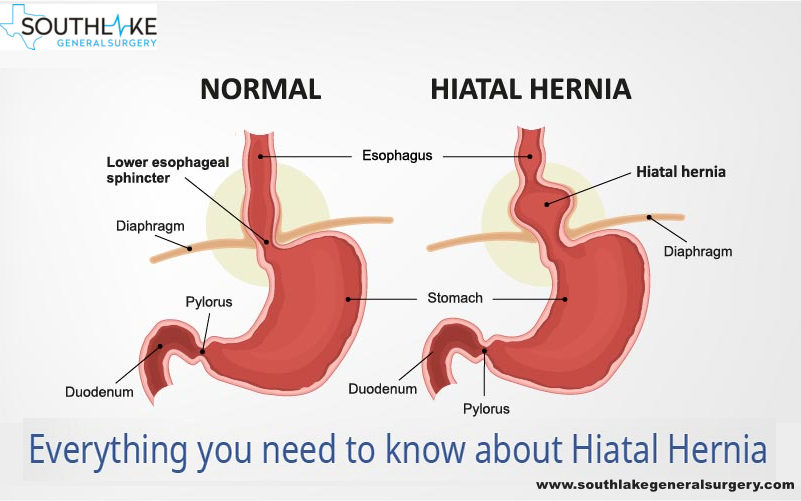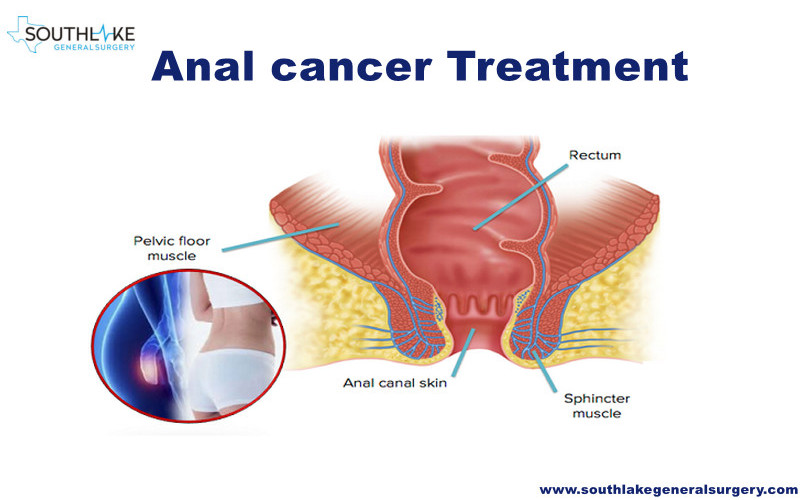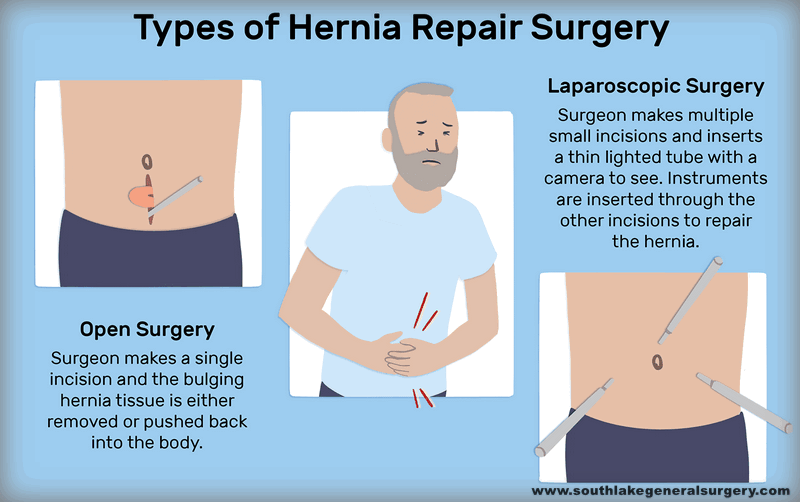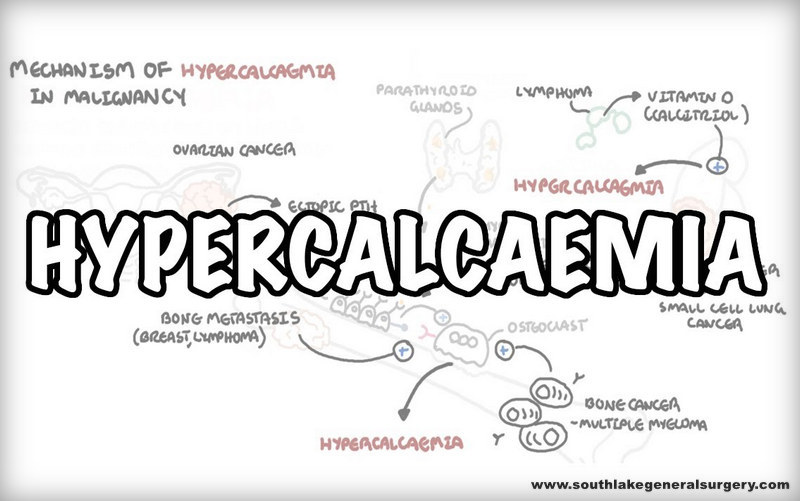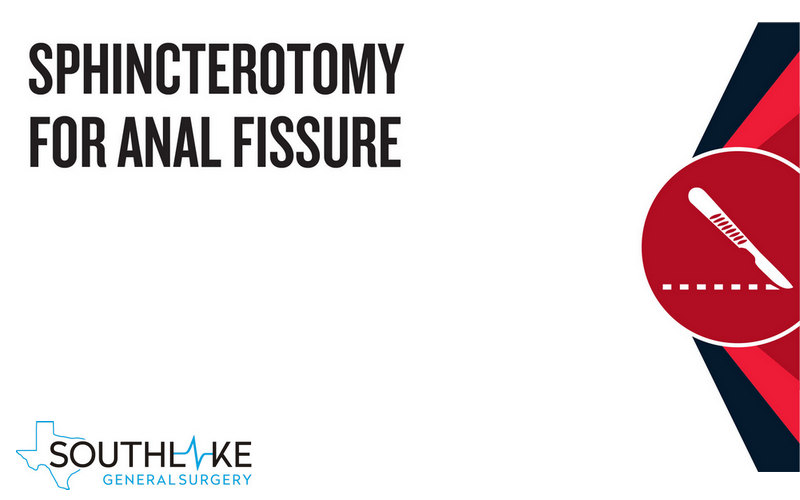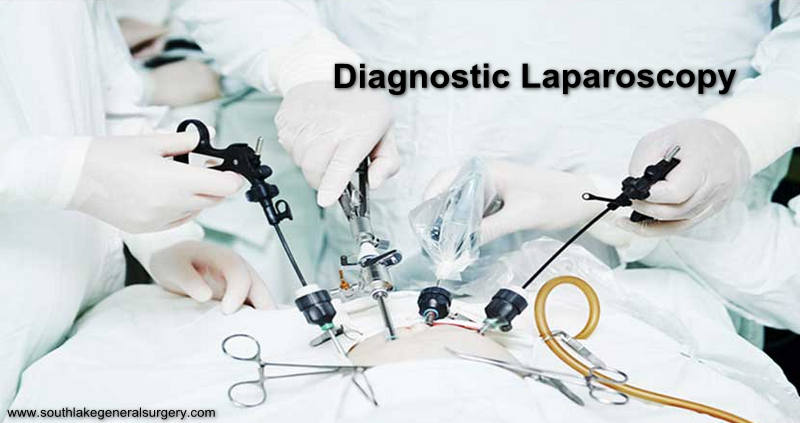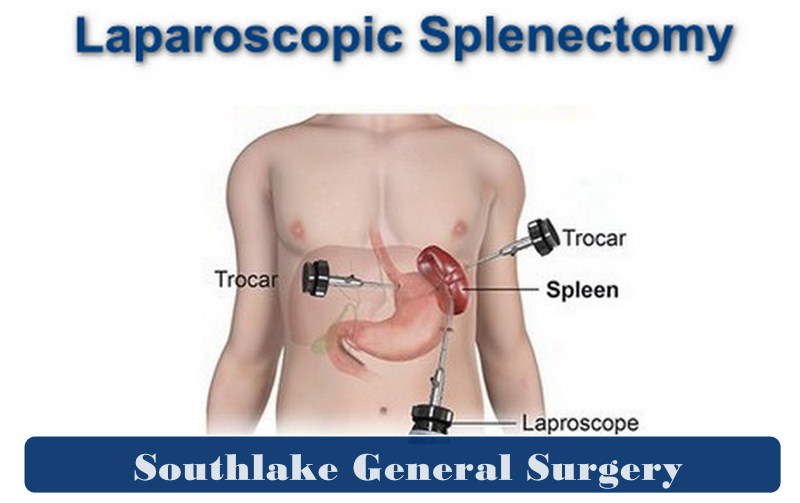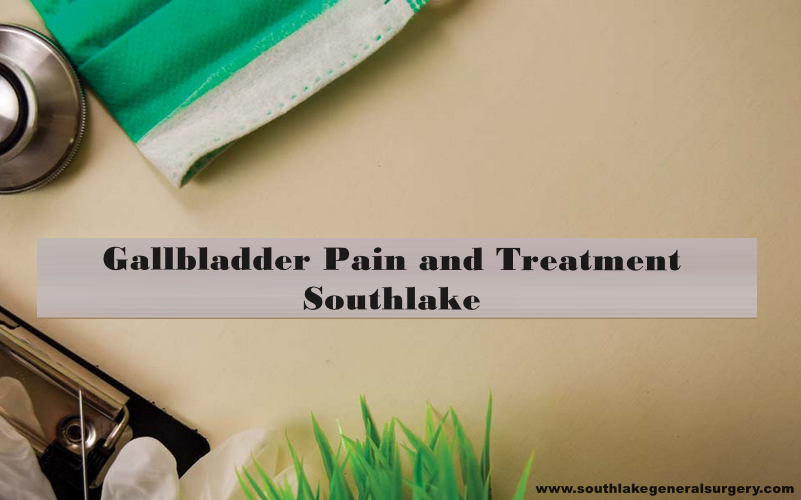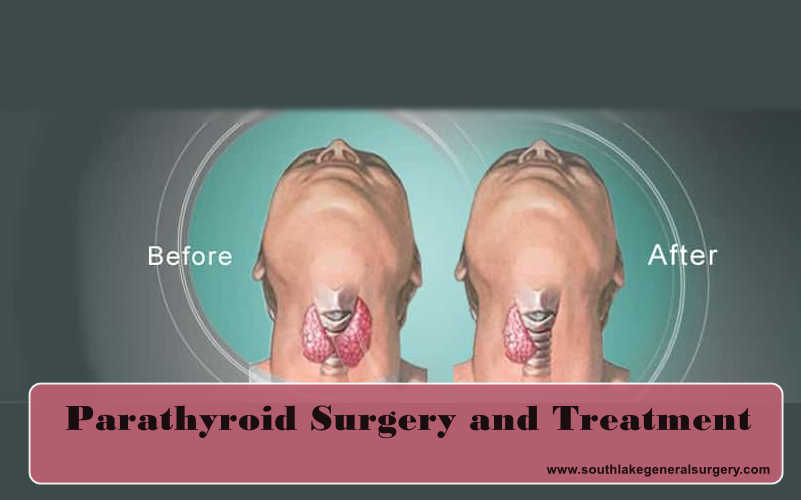A large bowel resection is also called a colectomy. The objective of this surgical procedure is to eliminate ailing segments of your large bowel. The large bowel resection is also called the large intestine or the colon.
Read More →
Hernia symptoms, including pain, can differ depending on the
type of hernia you have. Typically, most hernias don’t initially include
symptoms, although sometimes the area around your hernia can be sensitive.
Read More →
A hiatal hernia is a condition where a small part of the stomach swells through an opening in the stomach. This opening is known as a hiatus. It’s an ordinary, anatomically correct opening that permits the esophagus to link with the stomach.
Read More →
Surgical patients require proper Surgical Nutrition but often it is reported that for most of the patients, they die of malnutrition. In fact, cases of malnutrition in surgical patients are reported 50% and this is pretty alarming. Malnutrition is often common in the surgical patients.
Read More →
Inflammation of the gallbladder occurs repeatedly in patients with chronic cholecystitis, a medical disorder that can have serious consequences. Gallstones are a common contributor to this issue since they block bile flow and irritate the gallbladder indefinitely.
Read More →
Enteral feeding means taking nutrition through the mouth or with the help of a tube that goes straight to the stomach or small intestine. In reference to the medical setting, the term enteral feeding is frequently used as tube feeding.
Read More →
Our bodies comprise of multiple cells. They are the basic units of our bodies. Cells grow, divide and then multiply in accordance with the body-requirements. These cells continually replace the dead ones and the whole growth, division, multiplication, and the replacement is a natural cyclical process.
Read More →
Learn about Six Types of Hernia” and delve deep into the world of medical conditions that affect many worldwide. Hernias, though common, are often misunderstood.
Read More →
Our present write-up talks about what Parathyroid glands are and introduces you to what hypercalcemia is. We aim, further; to provide our readers on why there is a need for Parathyroid surgery.
Read More →
A lateral internal sphincterotomy is a straightforward surgical procedure during which the sphincter is cut or extended. The sphincter is the round group of muscles encompassing the anus that are accountable for controlling bowel movements.
Read More →
Hyperthyroidism and menopause are both conditions that affect women, but they might manifest at different times throughout their lives. In hyperthyroidism, the thyroid gland generates an excess of the hormone thyroxine; in menopause, a woman’s reproductive system gradually shuts down.
Read More →
Diagnostic laparoscopy is a common surgical procedure that is often used for diagnostic purposes. Laparoscopy is also called diagnostic laparoscopy. Laparoscopy is a surgical diagnostic technique used to inspect the organs inside the abdomen.
Read More →
Spleen is an organ that found underneath your rib cage on the upper left half of abdomen. Splenectomy is a surgical procedure to remove spleen from your body. It helps fight disease and channels unwanted material, for example, old or damaged blood cells from blood.
Read More →
Anorectal diagnosis and treatment involve the identification and management of conditions affecting the anus and rectum. Visual inspection, digital rectal examination, anoscopy, and colonoscopy are only a few of the diagnostic tools that are utilized by medical professionals in the process of determining the presence of anorectal disorders.
Read More →
Gallbladder pain is a symptom of many different diseases and disorders, and it can afflict people of any age, location, or way of life. Pain might be minor to severe and sporadic to constant.
Read More →
Parathyroid disease influences the four little parathyroid glands in the neck that help keep up the right degree of calcium in our body. Your doctor can diagnose parathyroid disease with the help of blood tests, ultrasound, bone densitometry, CT scan or X-ray could be used to examine the complications of the parathyroid illness.
Read More →
